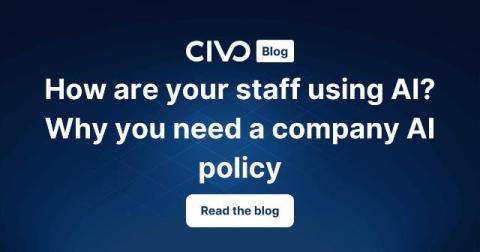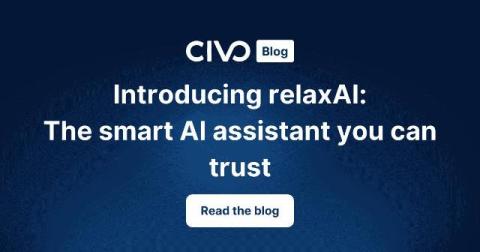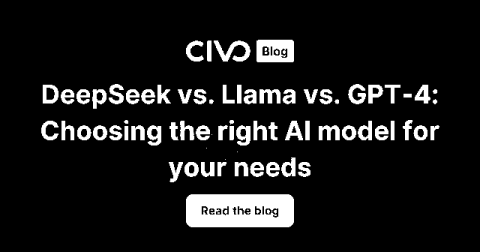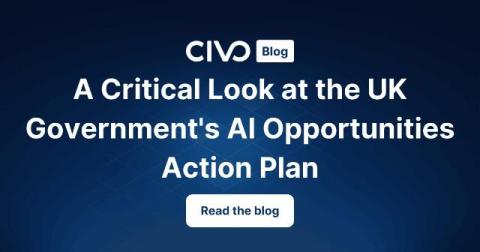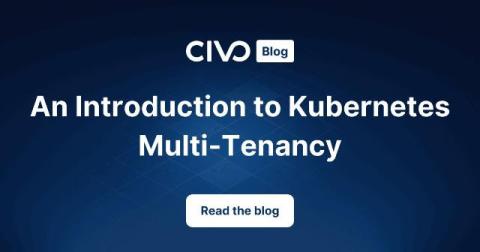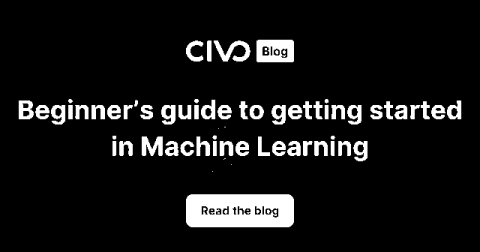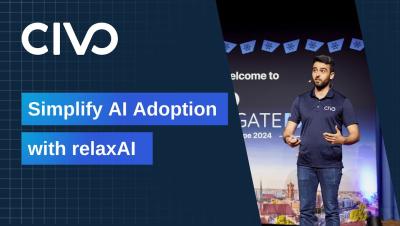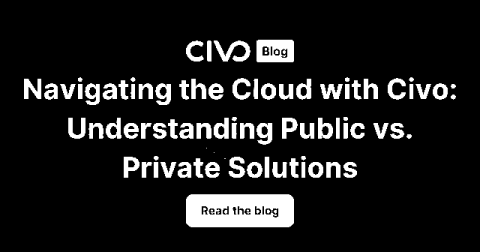How are your staff using AI? Why you need a company AI policy
As generative AI tools like ChatGPT and Gemini continue to revolutionize the way we work, offering benefits such as increased efficiency and productivity, their adoption has seen a significant surge in workplaces throughout 2024, with 75% of employees globally reporting that they used AI tools at work, according to Gartner.


